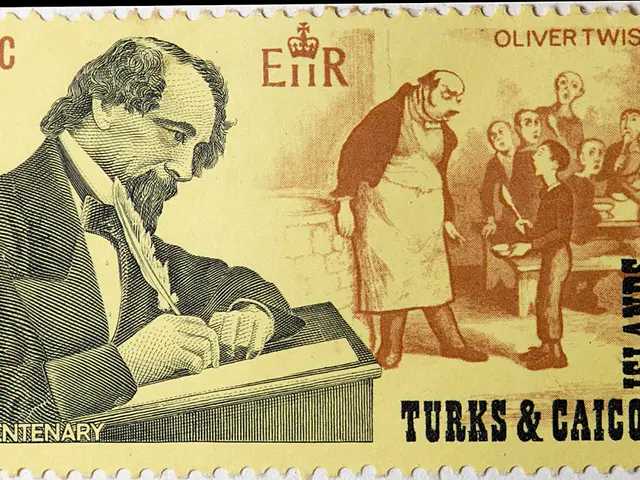Grasping the Distinction between Public and Personal Data in Legal and Social Contexts
In the digital age, the management of public versus private information has become a critical concern for individuals and organizations alike. This article explores the key differences in how the United States and the European Union approach the protection and dissemination of personal data.
United States: Decentralized Approach to Privacy Protection
The United States' legal framework for public versus private information is decentralized, with federal and state laws regulating specific sectors. Key federal laws include the Freedom of Information Act (FOIA), the Privacy Act (PA), and the Health Insurance Portability and Accountability Act (HIPAA).
FOIA governs access to public information held by government agencies, allowing individuals to request disclosure of government records, subject to nine exemptions protecting sensitive information. The Privacy Act, on the other hand, protects private information, giving individuals the right to access records about themselves held by federal agencies, and restricting disclosure of personally identifiable information without consent. HIPAA, particularly, regulates the confidentiality and security of sensitive health information.
However, unlike the EU, the US lacks a comprehensive federal privacy law and instead relies on a mix of federal and state statutes regulating personal data in specific sectors, such as finance and healthcare.
European Union: Comprehensive Approach to Data Protection
The European Union, in contrast, has a more unified and comprehensive approach to data protection. The General Data Protection Regulation (GDPR) applies broadly across both the public and private sectors in all member states, regulating the collection, processing, storage, and protection of personal data. The GDPR ensures strong privacy rights for individuals across the EU.
The Law Enforcement Directive (LED) complements the GDPR for law enforcement agencies, providing a legal framework for data protection that balances privacy with security concerns but with somewhat more lenient rules than the GDPR.
Data protection is enshrined as a fundamental right in the European Charter on Fundamental Rights and the Treaty on the Functioning of the EU, giving the EU specific legal authority to regulate personal data protection uniformly among member states.
Consequences of Mismanaging Public and Private Information
Mismanaging public versus private information can lead to legal and reputational repercussions. In the US, for instance, organizations that mishandle private information may face fines, sanctions, civil lawsuits, and decreased customer loyalty. Under the GDPR, organizations can face fines of up to €20 million or 4% of their global annual turnover, whichever is higher.
Negligence in safeguarding personal data can lead to significant reputational risks, compromising an entity's operational integrity and public trust. A data leak involving private information can result in public backlash against affected parties, leading to lost revenue and a tarnished brand image.
Balancing Data Sharing and Privacy Protection
Robust contextual consent practices help strike a balance between the necessity of data sharing and the protection of personal privacy. Contextual consent empowers consumers to make informed decisions about the use of their private information in specific contexts or situations.
Establishing clear privacy policies can inform users about how their information is handled, fostering trust and encouraging responsible sharing of information. Regularly auditing data access permissions is fundamental in ensuring that only authorized personnel have access to sensitive records.
In conclusion, the relationship between technology and information classification demands continuous scrutiny in the context of evolving privacy laws. Awareness of phishing scams and social engineering tactics is vital for safeguarding personal information, reducing the risk of inadvertent data leaks. Protecting personal privacy involves implementing specific measures to safeguard sensitive information from unauthorized access or exploitation.
Read also:
- Corporate gathering dominated by avian attendees
- Changes in manufacturing and consumer habits driven by cosmetic certification processes
- Expanding Bio-based Polypropylene Market to Showcase a Compound Annual Growth Rate (CAGR) of 26.5% till 2034
- victory for Central Java communities in landmark lawsuit against textile conglomerate over pollution issues








